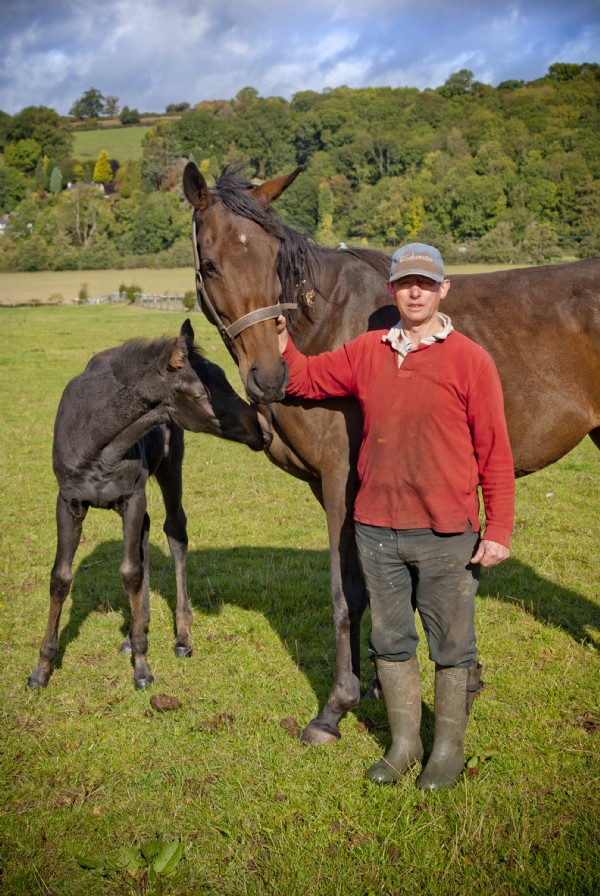

Yields of hay and haylage from this mix were ‘tremendous’ in 2011 despite the dry spring, reports Stan. From a 27 acre field which was sown in Spring 2010, Stan took 171 big bales of haylage, 124 round bales of hay and 60 big bales of silage from one single cut. Had 2011 not been so dry, he would have taken a second cut too.
When reseeding this field after arable cropping, Permanent Horse Pasture was chosen for its flexibility as it offers the potential for grazing and conservation. A strong, robust sward was needed for feeding racehorse broodmares and sheep, and for selling on hay and haylage that was not needed for home consumption.
Last spring, after rotavating the stubble from the previous arable crop which had been left in over winter, Stan used a combi drill to blow on the seed before harrowing it in and then rolling. The ley is expected to last over five years, although Stan expects to overseed when needed to maintain the sward’s quality.
As the mixture contains both ryegrass and timothy the quality of the sward is very good for grazing and superb for hay and haylage. After establishing the sward, the grazing was let out to a local shepherd who kept his sheep on the field until March, when the area was shut up prior to cutting.
Stan cut the headlands for silage in late May before cutting the rest of the field for hay and haylage. This policy meant that there was no need to turn machinery on the grass which was to be conserved for horses, safeguarding quality and ensuring Stan could achieve the best price when selling haylage to his customers. As the horses kept on the farm are National Hunt brood mares they are fed hay rather than haylage but, again, the quality of forage this ley offers is key.
Although Stan has not yet grazed this particular field with his horses, the sheep thrived and he is certain that when he does come to graze the mixture, the horses will do exceptionally well on this high yielding, tough mix. There is also a plan to host the local point to point on the field in the future, a sure sign that this mix is both high yielding and extremely robust.
Date Posted: 29th March 2017



